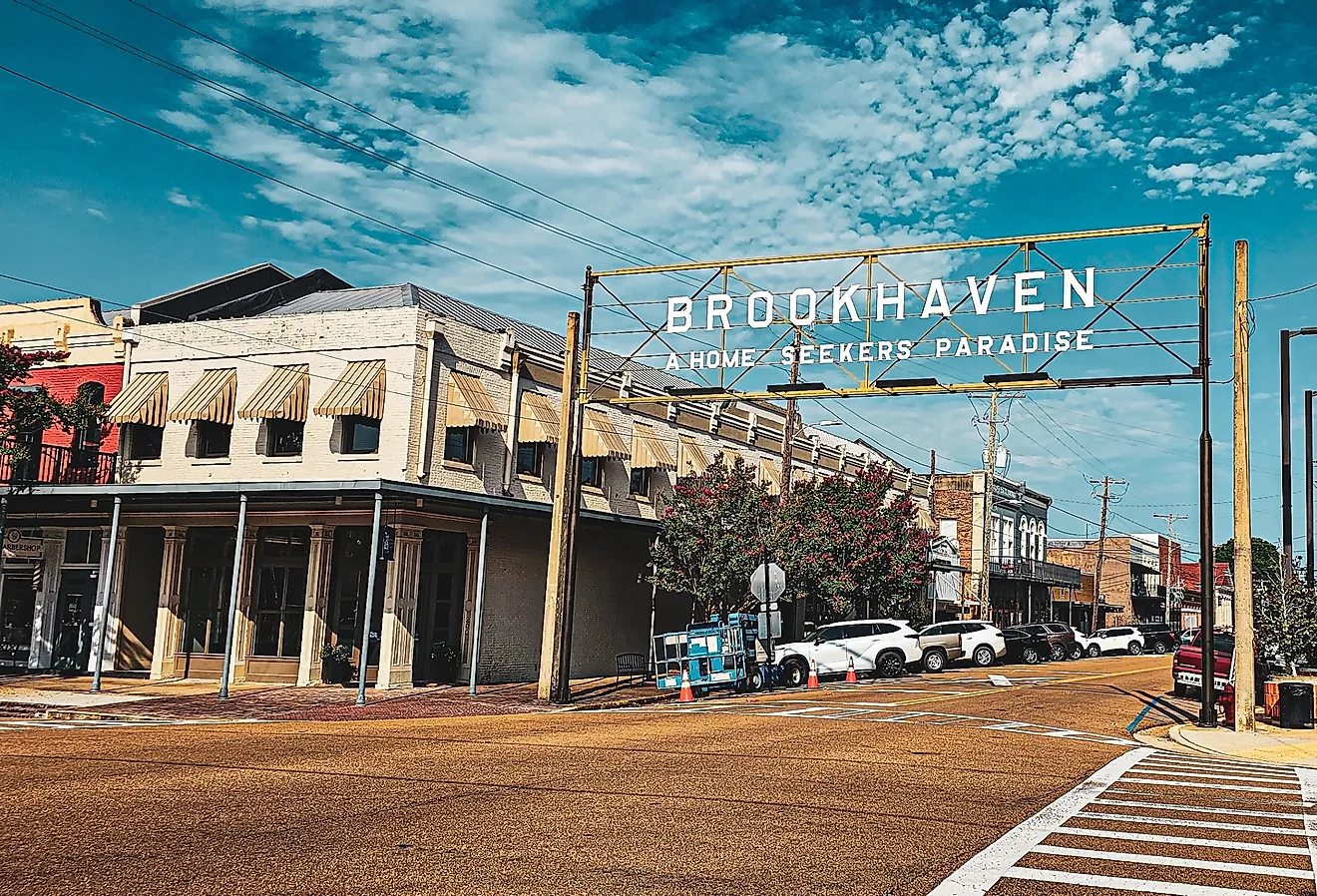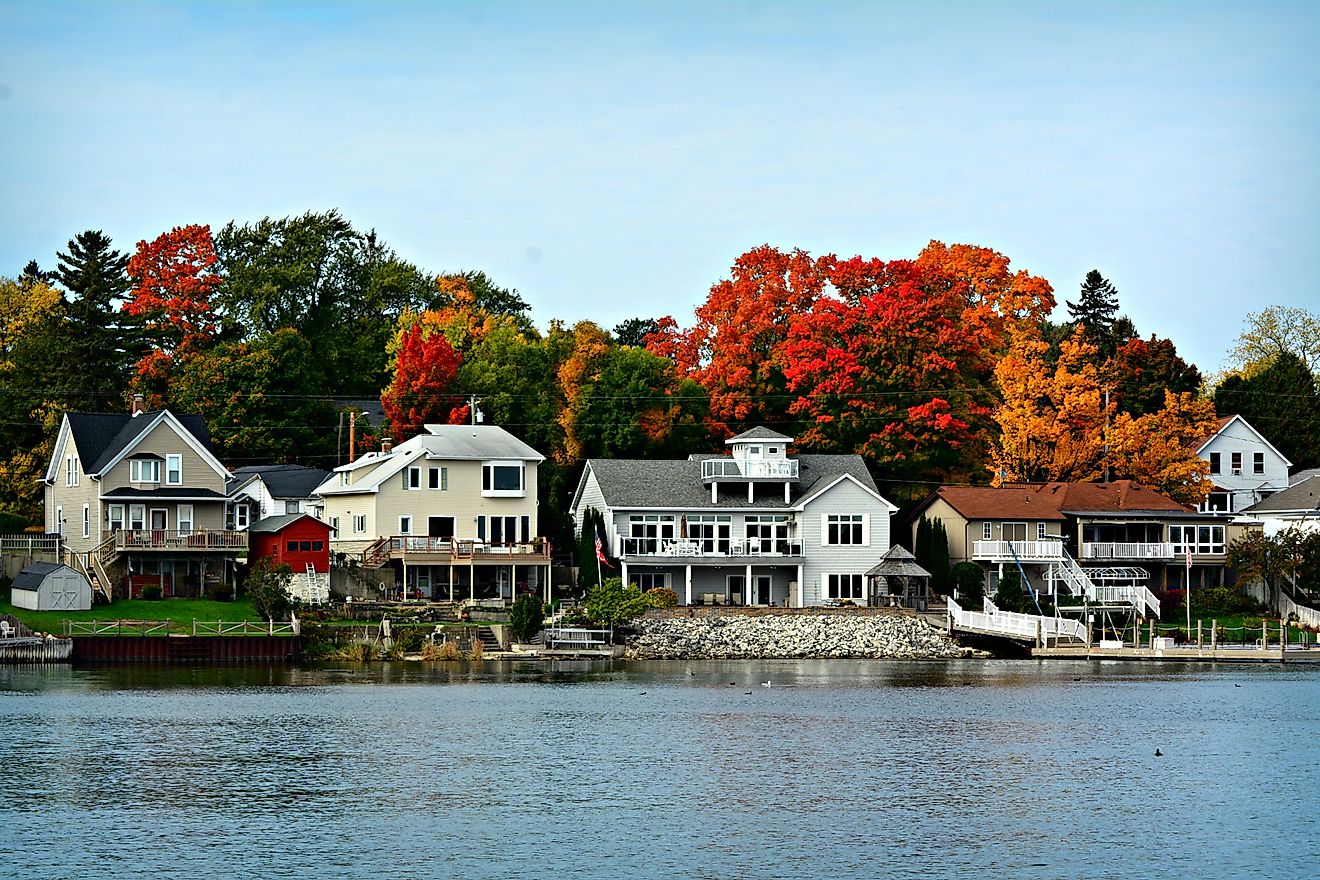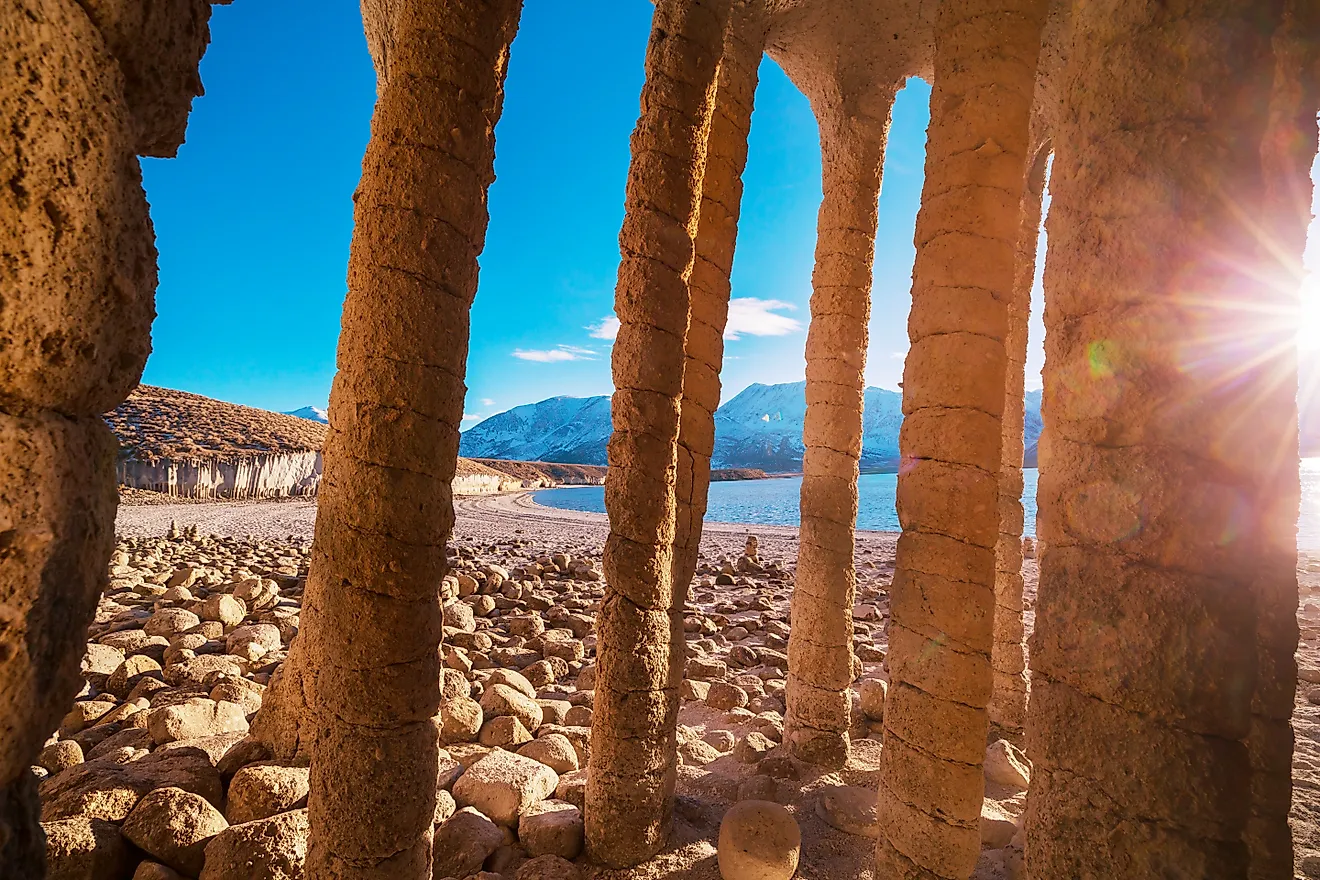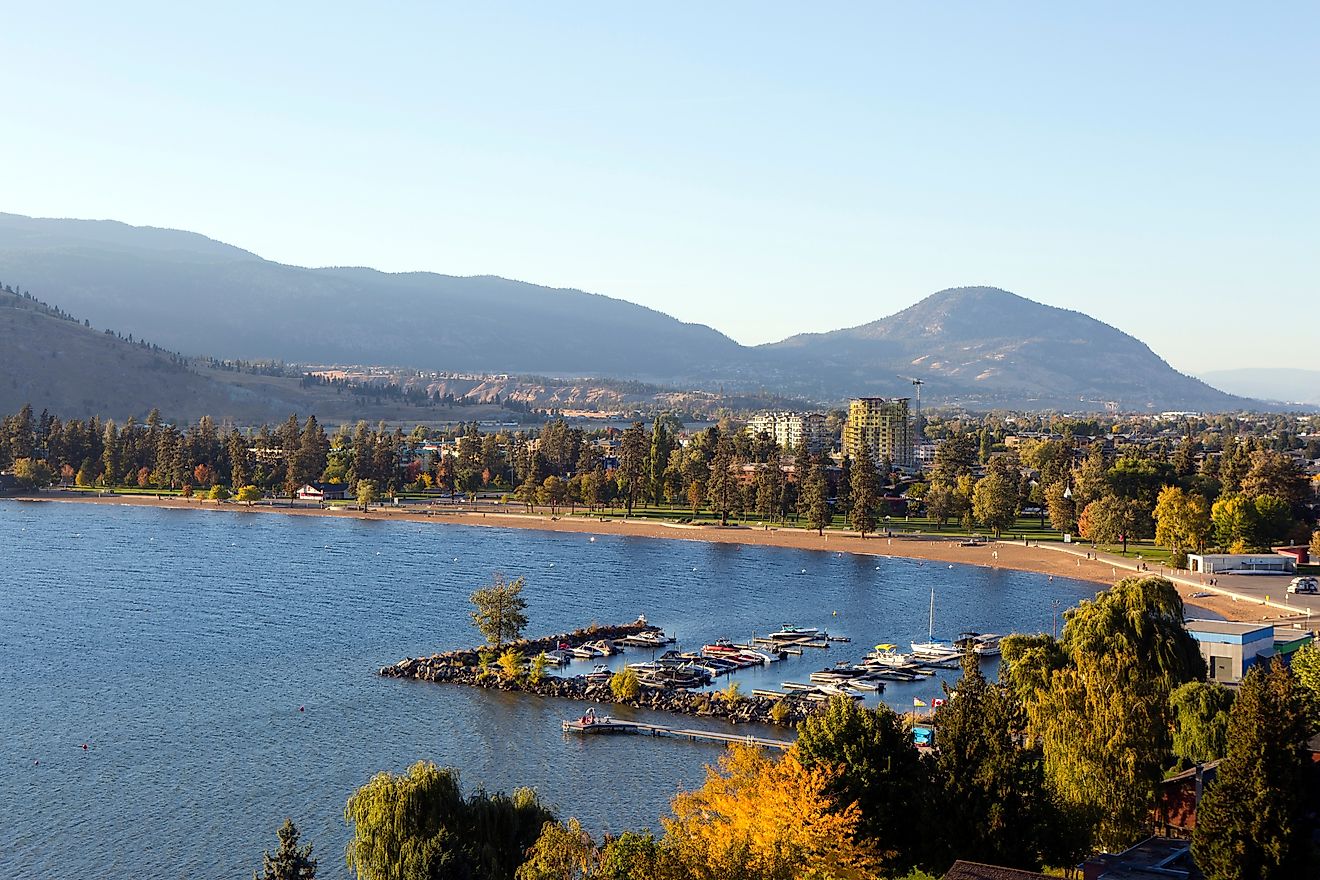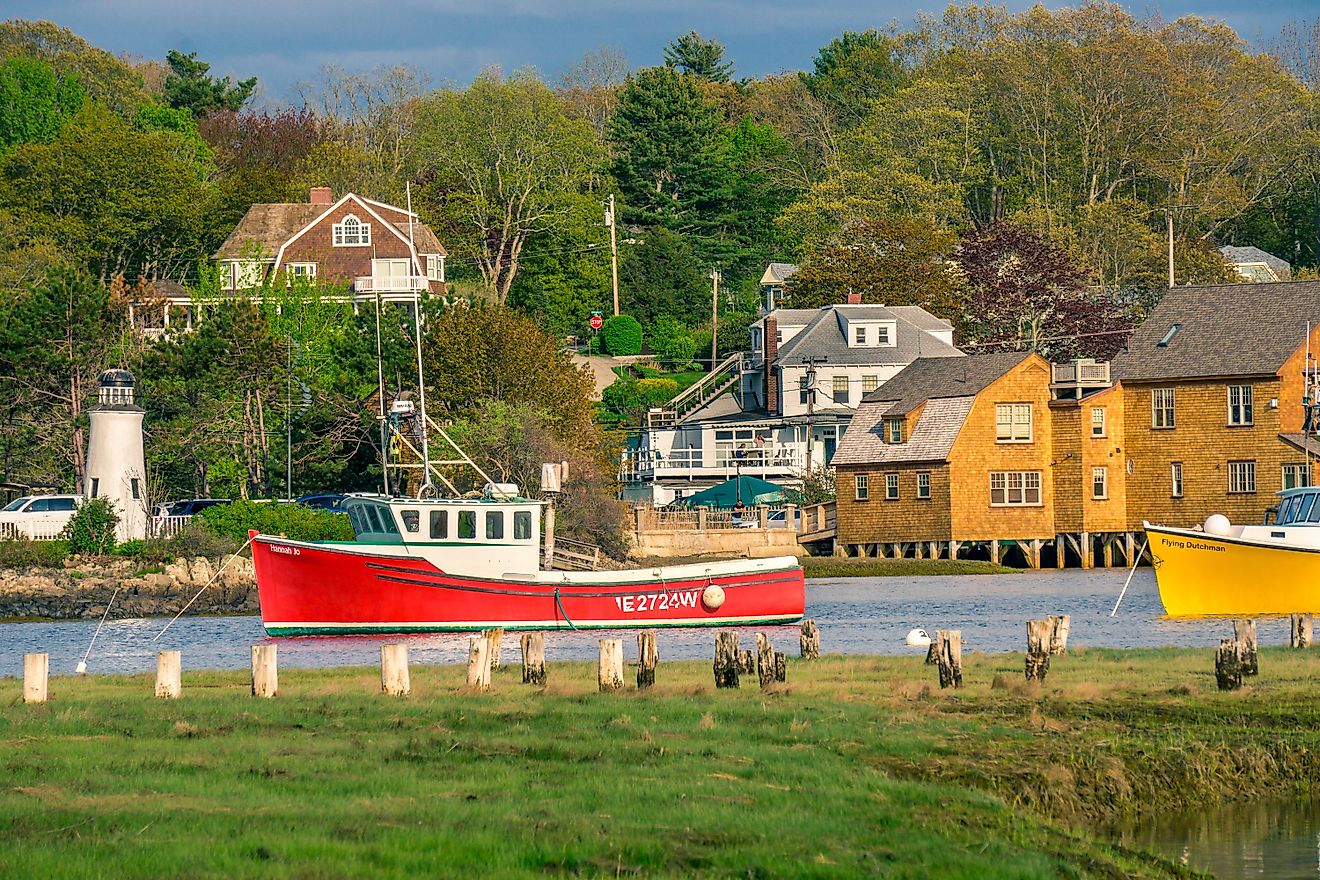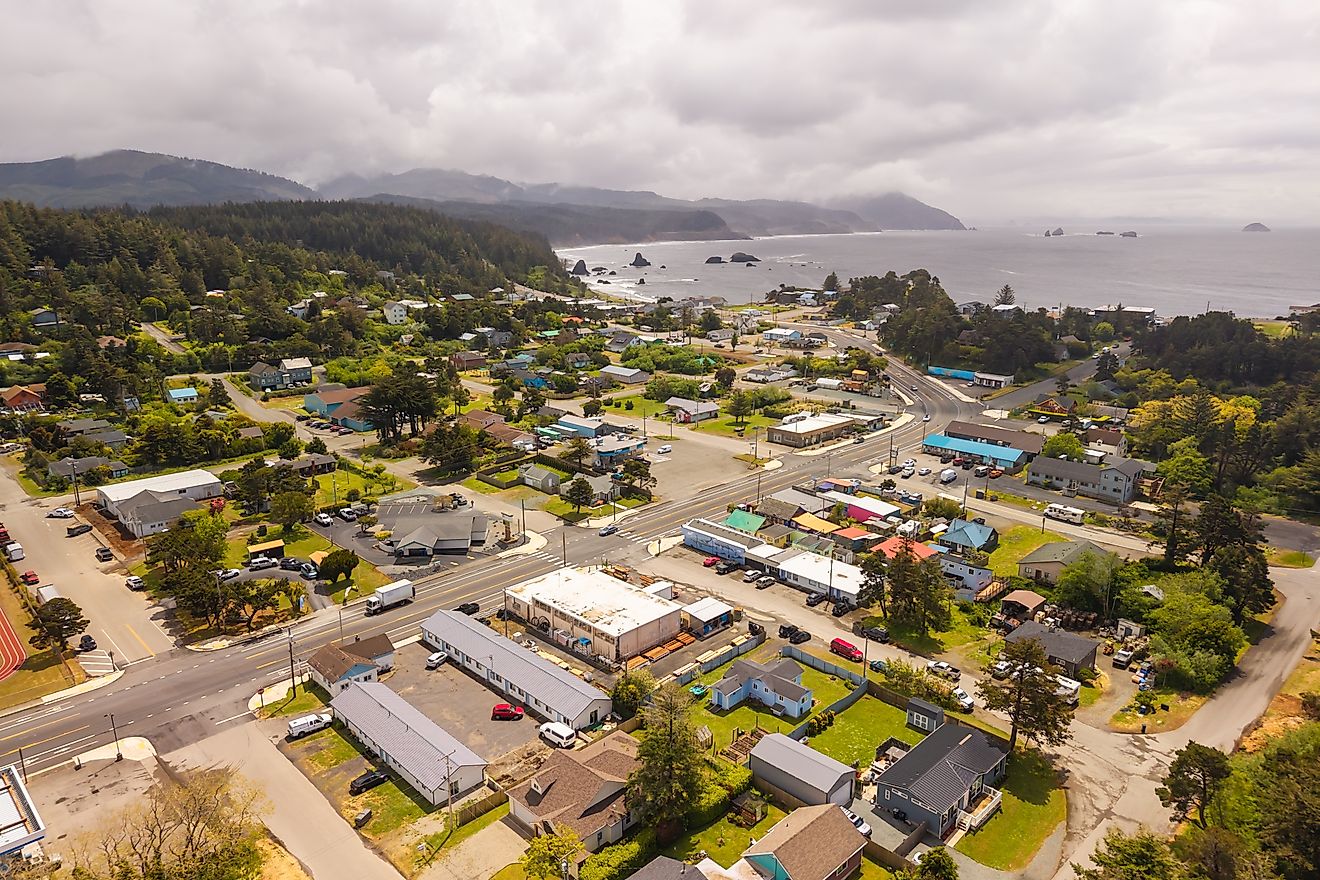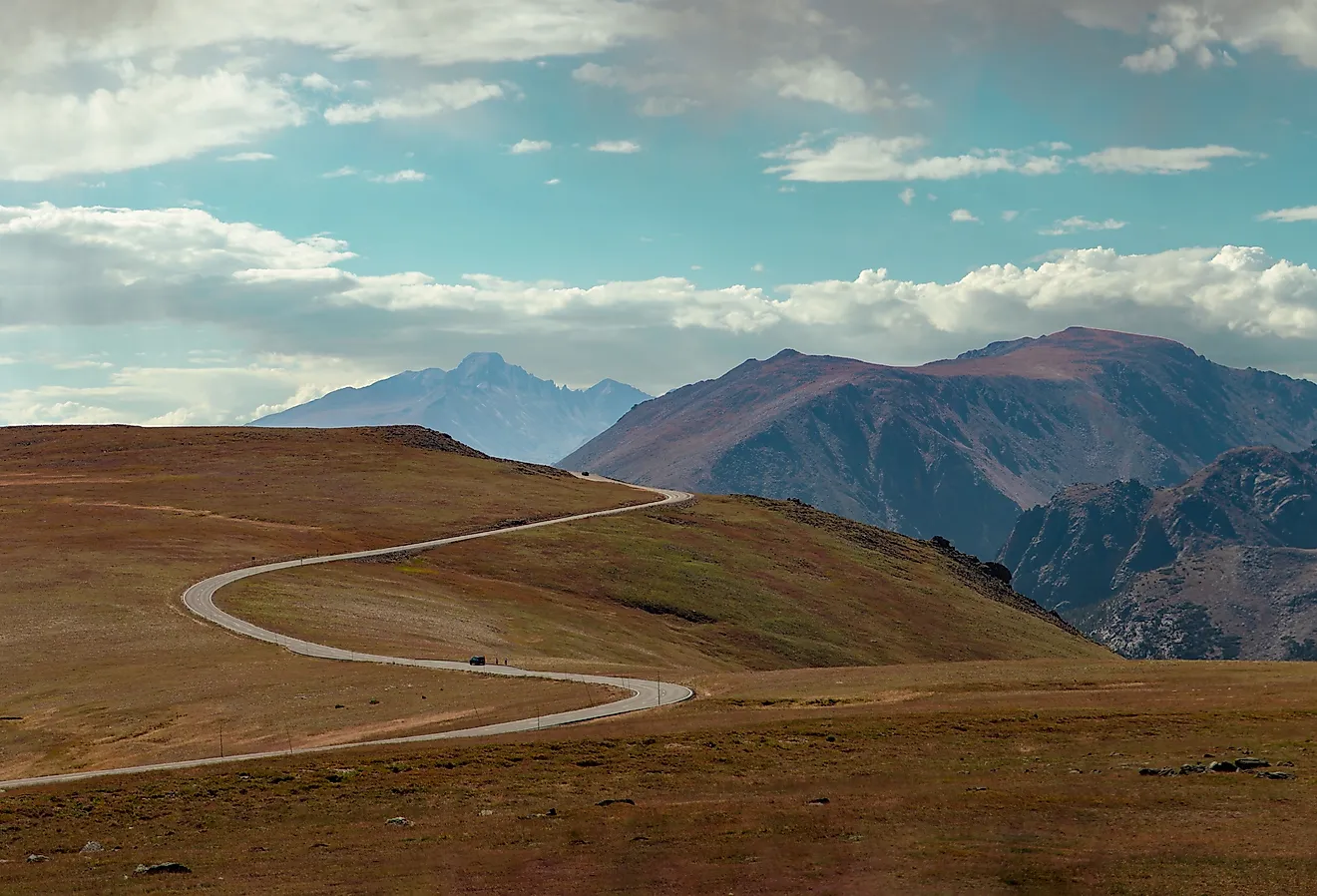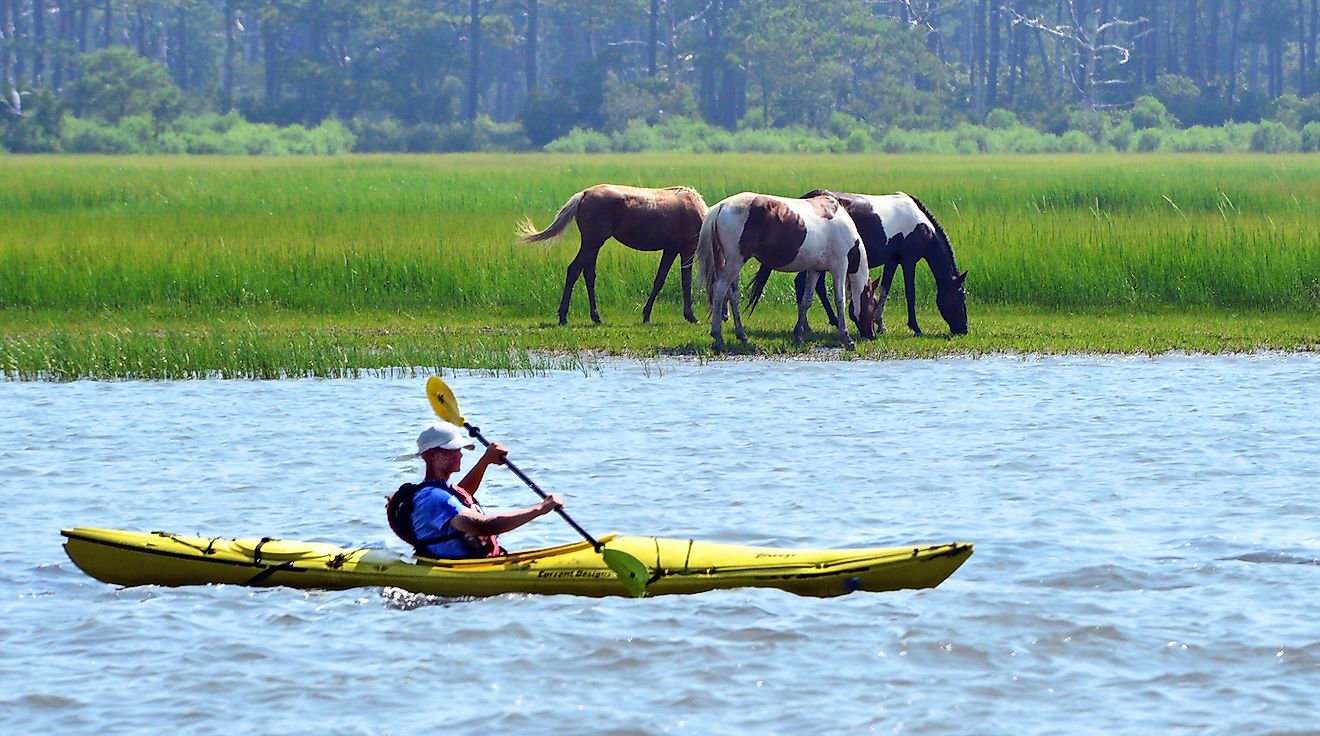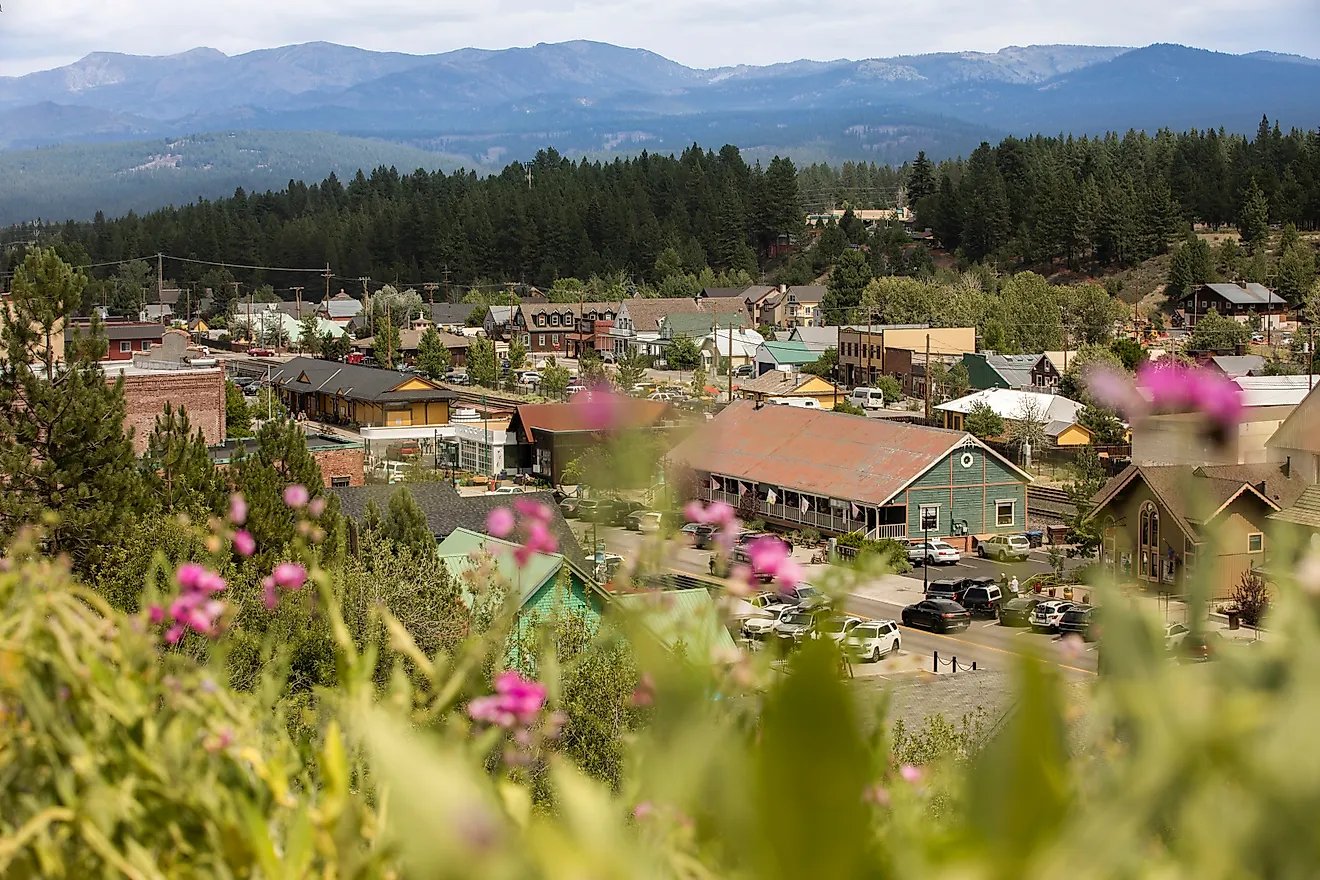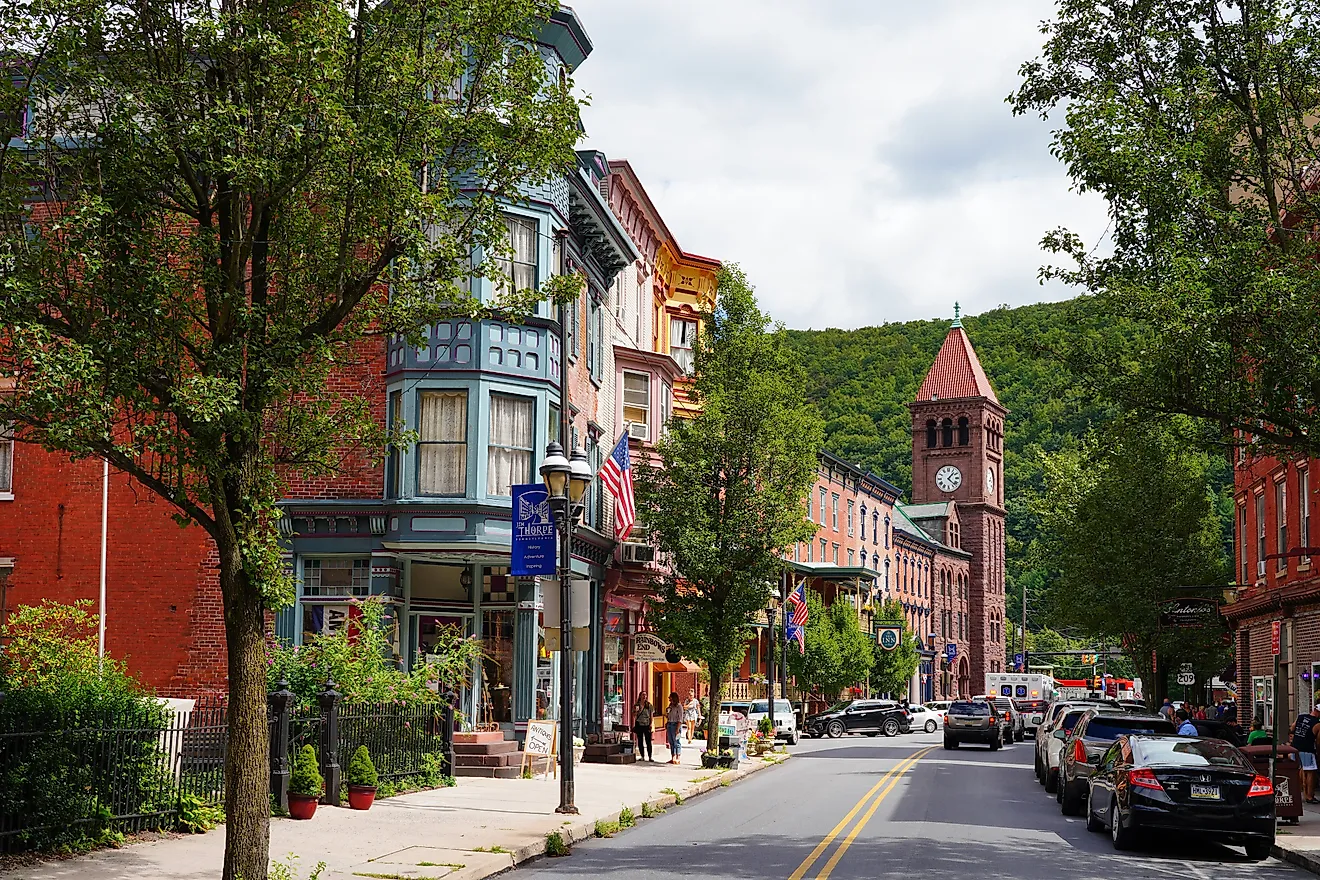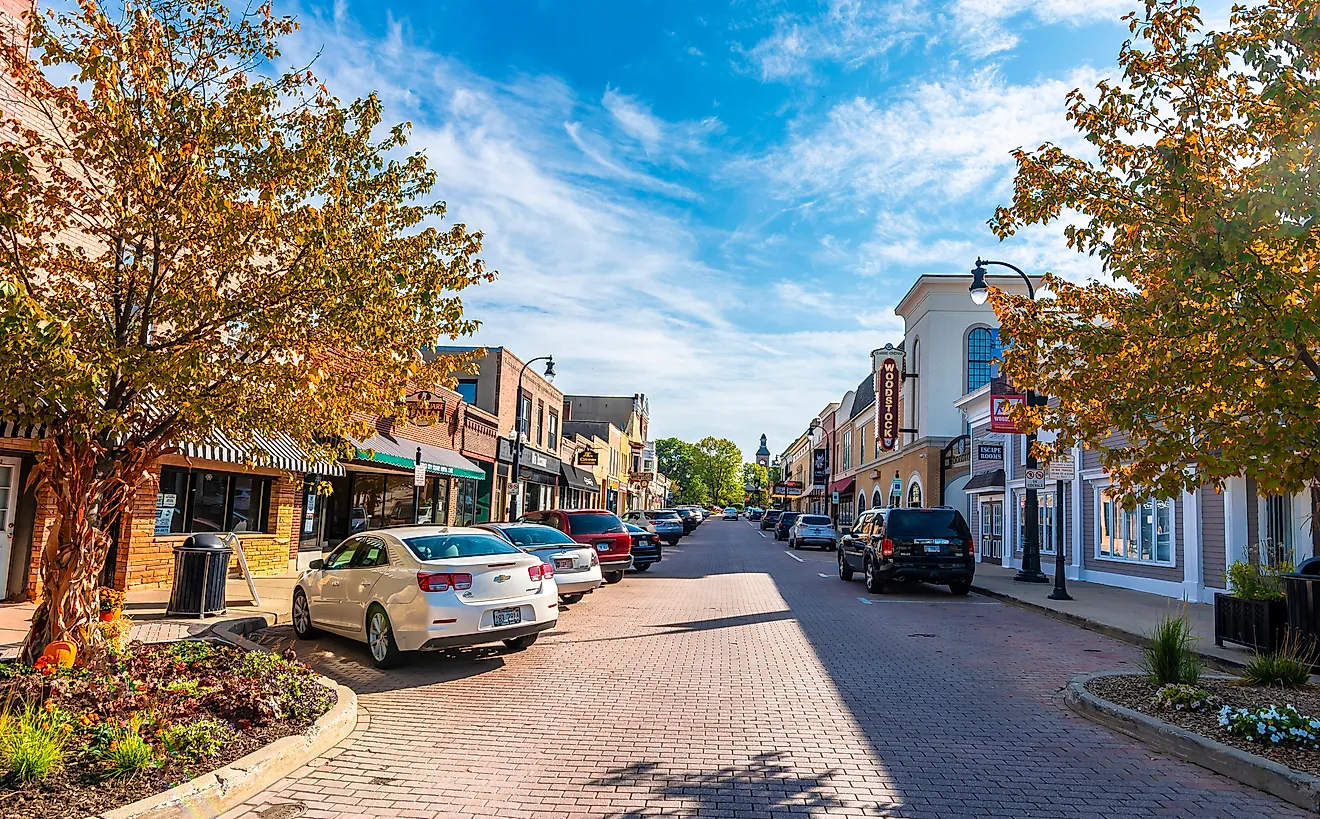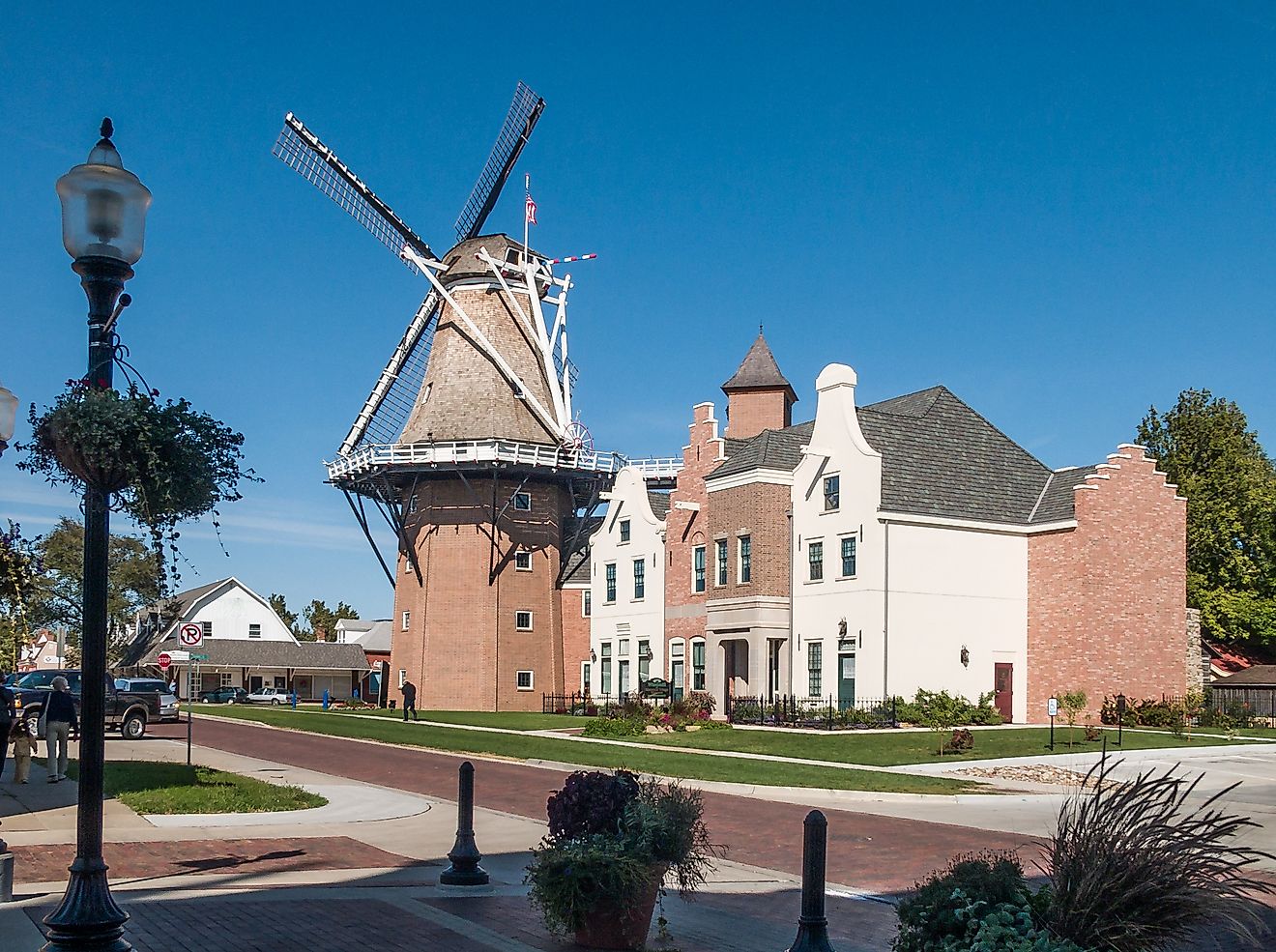10 Reasons You Should Never Get Lost At The Grand Canyon
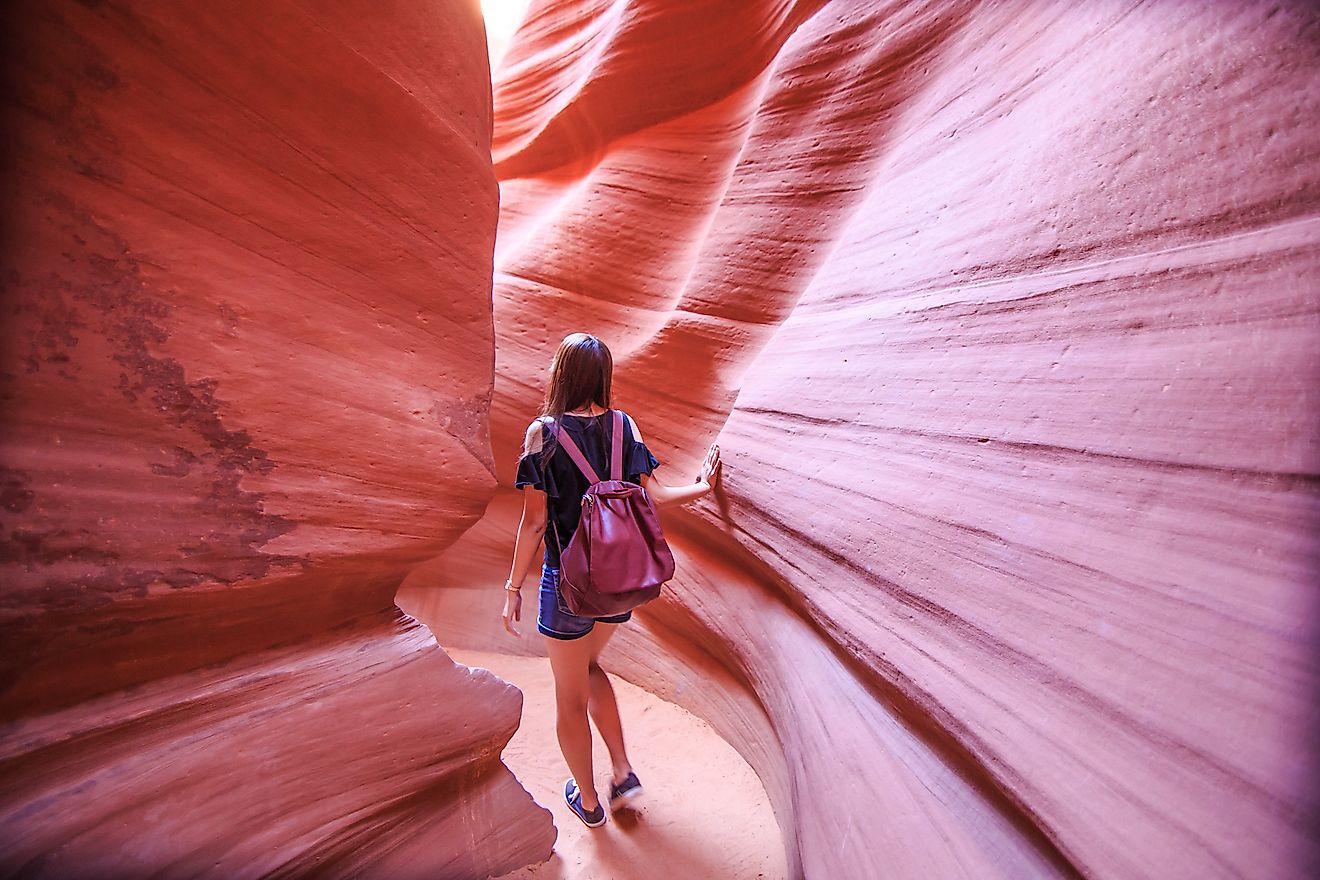
- The Grand Canyon is 277 miles in length.
- The Grand Canyon is around 6000 feet deep.
- The rock found at the bottom of the Grand Canyon is around 2 billion years old.
The Grand Canyon is located in Arizona, the United States. The iconic red rock landscape was formed by the constant erosion by the Colorado River over millions of years. The Grand Canyon is a popular tourist attraction thanks to the viewpoints that give way to stunning views and the number of picturesque hiking routes that are accessible throughout the national park. However, the Grand Canyon poses many risks, especially if you get lost. Here are 10 reasons why you should never get lost at the Grand Canyon.
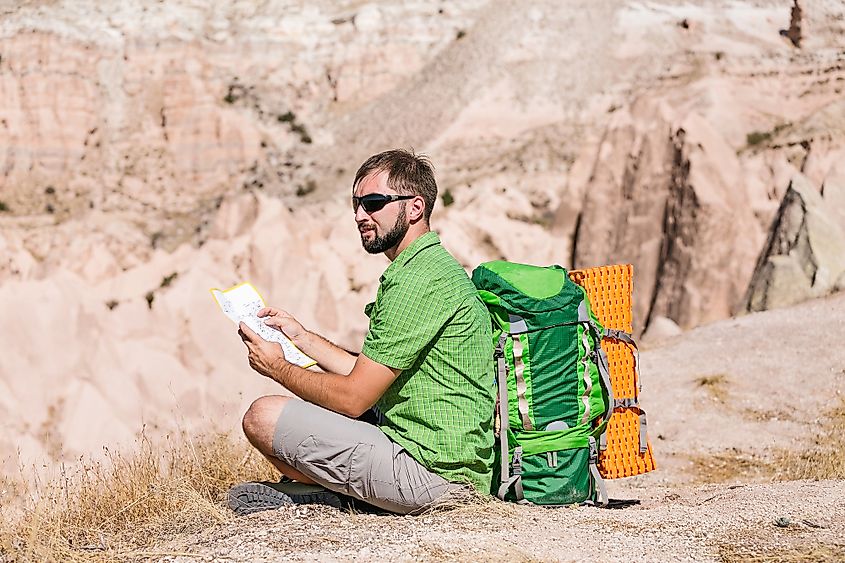
Dehydration
One of the biggest reasons why you should not get lost in the Grand Canyon is due to a lack of water. When you visit the Grand Canyon, you will most likely only spend a couple of hours there and will only take enough water to satisfy that time. If you get lost, you will not have enough water to keep you hydrated, this combined with the hot weather, will cause dehydration. The landscape of the Grand Canyon is semi-arid, and while there are some water sources, you cannot guarantee they will be accessible to you.
Lack Of Food
Like water, most people only bring enough to satisfy them for the amount of time they are planning to spend at the Canyon. People are less likely to bring food; they will bring a couple of snacks at most, which will not be enough to sustain them if they are lost for a long period of time. In addition, if you are not used to hiking in the outdoors, the food you have might not be appropriate. You should have food that can replace the electrolytes you lose through sweating. However, humans can survive a lot longer without food than without water so it is best to have more water than food.
Inappropriate Clothing
You should never get lost in the Grand Canyon if you are not wearing appropriate clothing. Clothes that should be worn in the conditions of the Canyon are good fitting socks that wick away moisture to reduce the risk of blisters, breathable trousers, a long-sleeved t-shirt to reduce the risk of sunburn, sunglasses and a hat. Proper clothing can save your life as it will stop you from losing water through sweat, resulting in dehydration. It will also prevent sunburn and keep you insulated in the cold weather of night-time.
Wildlife
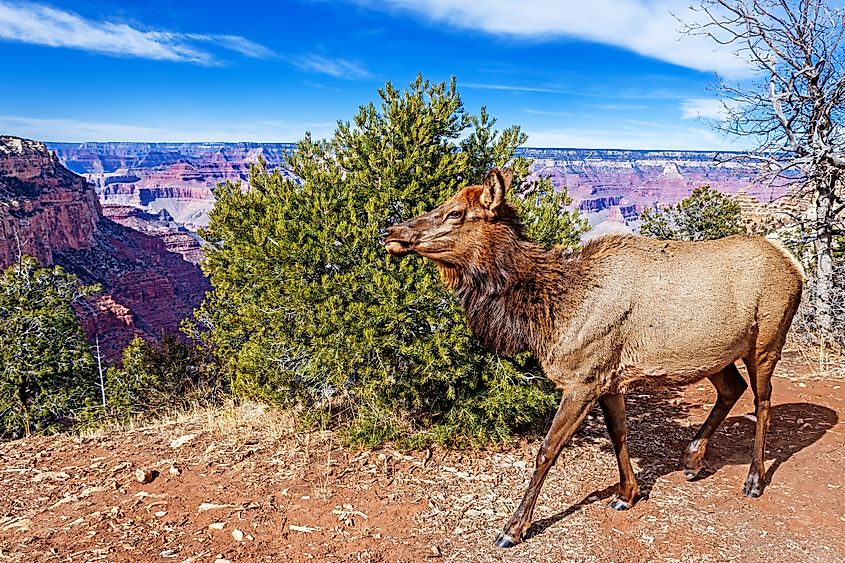
The Grand Canyon is home to a variety of wildlife that can be extremely dangerous to those lost in the wilderness. Mountain lions and coyotes can be found in the Canyon and could cause harm if they feel threatened. You are at greater risk if you enter a cave or cavern that is inhabited by one of the wild animals. Interestingly, one of the most dangerous animals is the rock squirrel. Due to being constantly fed by tourists, the squirrels have little fear of humans and will bite or become aggressive.
Extreme temperatures If you are visiting the Grand Canyon for a couple of hours, it is unlikely you will experience the landscapes’ varied temperatures. You should never get lost in the Canyon because temperatures can often exceed 100 ºF during the summer months, and drop to the mid-20°s at night time. Without appropriate clothing and enough water, the conditions can be fatal. The Grand Canyon also experiences thunderstorms and flash floods. Flash floods are extremely dangerous and have caused fatalities at the Grand Canyon in the past.
The Colorado River
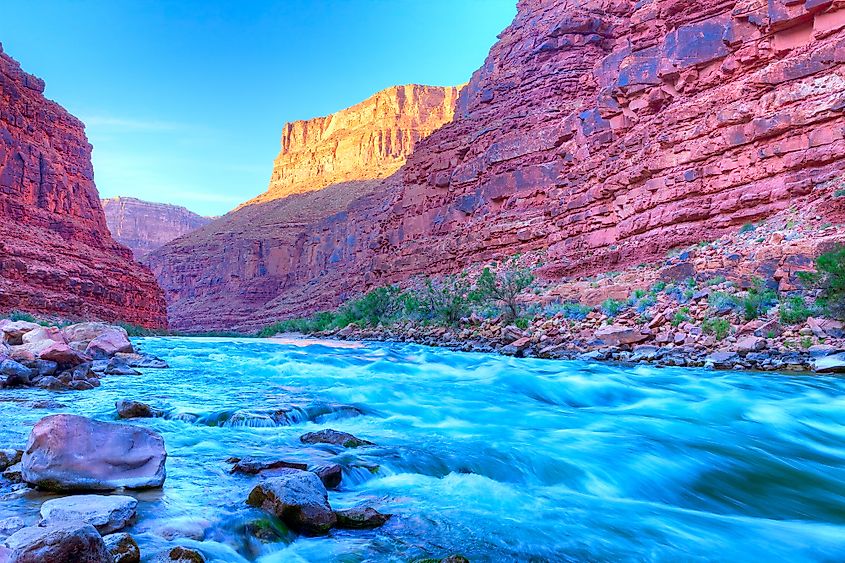
If you get lost at the Grand Canyon, you may go in search of the Colorado River in order to drink its water. However, the river can be extremely hazardous. There are over 160 rapids that can cause drowning, and the very low temperature of the water can cause hypothermia. Even if you do not intend to enter the water, there are many trip risks around the river bed, which can result in deadly falls.
Falls
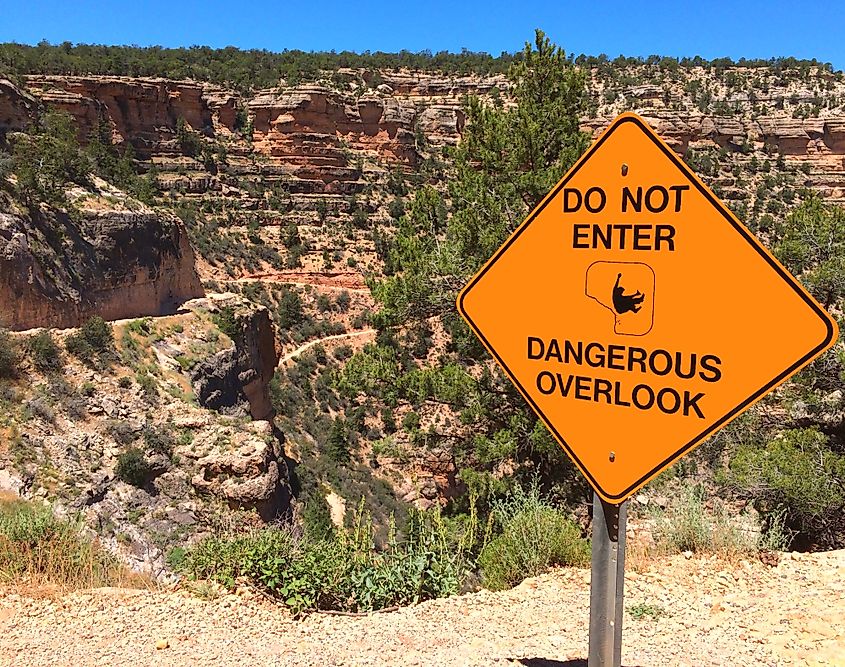
At the Grand Canyon’s popular viewpoints, there are barriers, ropes, railings and signs to protect visitors from falling into the chasm. However, if you get lost you may happen upon places that are not protected by barriers. Uneven or loose terrain could cause an accidental fall over the edge. The increased risk of heatstroke can also cause falls, the dizziness may cause you to accidentally stumble too close to the ridge edge and lose your footing.
No-one Knowing Where You Are
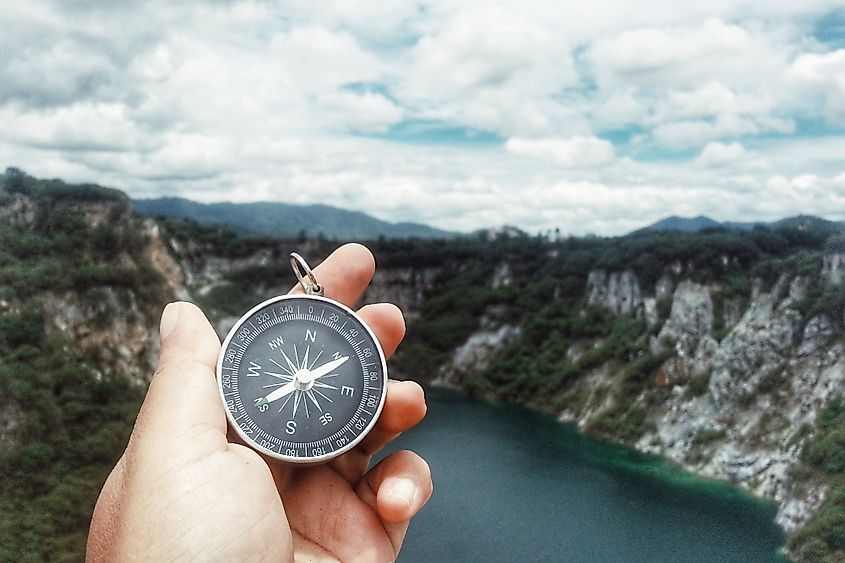
You should always tell people when you are hiking in the Grand Canyon. Without this information, it will be extremely difficult for rescue teams to save you if you wander off the beaten track, especially if you hurt yourself or get sick. Always tell them your planned route and what time you expect to be home.
Poisonous Plants And Animals
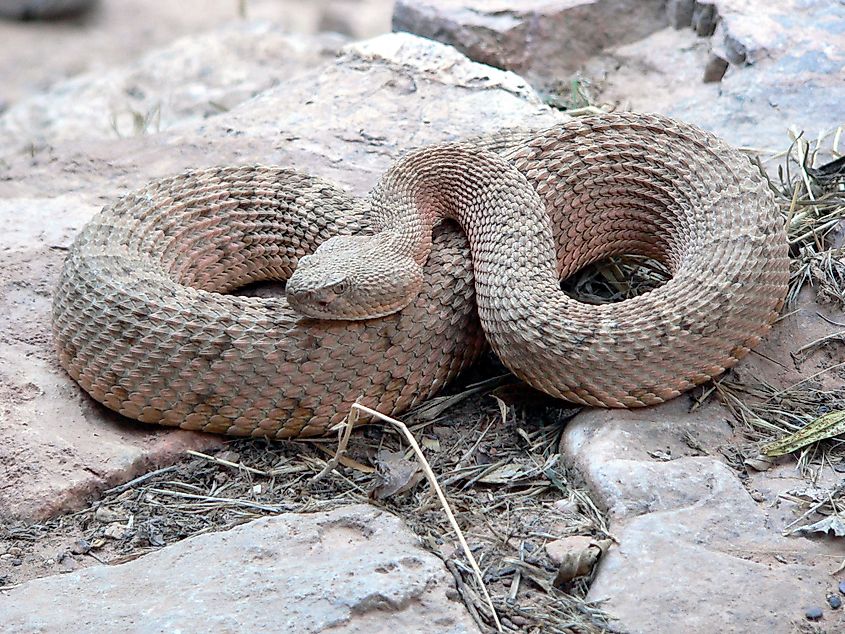
If you cannot find a water source, you may be tempted to extract the water from cacti. However, drinking water from cacti is a myth and can lead to vomiting and diarrhea, which will exacerbate dehydration and could be fatal. There are a number of poisonous plants found in the canyons, including the Sacred Datura and Castor Bean. You must never eat a plant without identifying it with a field guide first. Be wary of turning over rocks as scorpions or snakes may be beneath them. A bite or sting from one of these animals can be deadly, and if you are lost, you will not be able to receive immediate medical care.
Heatstroke
Each year, rangers have to rescue hikers from inside the canyon as they have fallen sick with heat stroke or heat exhaustion. Heatstroke occurs when a person is subjected to high temperatures, lack of shade and limited water sources. The symptoms can develop suddenly and should be treated immediately, but if you are lost, this may not be possible. To avoid heatstroke from occurring, carry more water than you think you will need and do not overexert yourself. Always stick to marked hiking routes and let a family or friend know your hiking plans.
